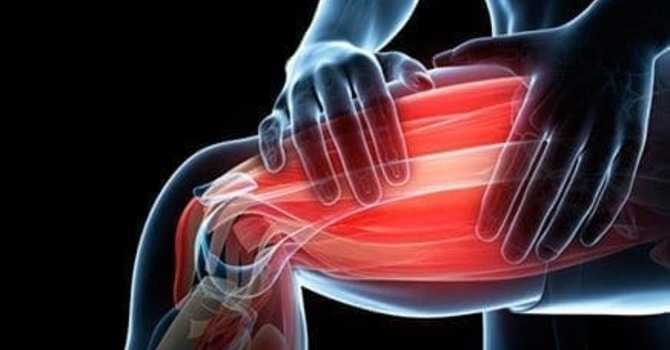
As a chiropractor and fitness enthusiast, I often encounter patients who are confused about the difference between discomfort and pain when it comes to working out. It's crucial to understand the distinction between these two sensations to prevent injury and optimize your fitness routine, especially as the weather gets nicer and people start getting more active in the spring and summer months.
Discomfort is a feeling of mild physical discomfort or irritation that's associated with muscle soreness, stiffness, or fatigue. It's a natural and expected part of exercise that often indicates your body is adapting to the demands of your workout. For instance, if you're beginning a new exercise routine that involves a lot of squats, it's typical to feel soreness in your thighs and glutes. This discomfort is a natural response to the stress you're putting on your body and is generally not a cause for concern.
Pain, on the other hand, is a more intense and localized feeling that's often associated with injury or damage to your body. It's a warning sign from your brain that something isn't right and should not be ignored. If you experience sharp, stabbing, or shooting pain during exercise, it's critical to stop immediately and seek medical attention.
To help people understand when to push themselves harder during exercise versus when to take it easier, I like to use a stoplight analogy. Imagine you're driving a car, and you're approaching a stoplight. The stoplight represents your body's response to exercise. When the light is green, you're good to go and can push yourself harder. This is when you're feeling strong, energized, with very little discomfort and able to perform your workout at your maximum capacity.
When the light turns yellow, your brain is telling you that something may be wrong, and you need to slow down and approach your workout with caution. This is when you begin to feel some discomfort, fatigue, or muscle soreness. It's still safe to continue exercising, but you should listen to your body and avoid overexerting yourself, which can potentially lead to injury.
When the light turns red, it means you need to stop immediately, rest, and figure out what's going on. This is when you experience pain, dizziness, nausea, or any other signs of injury. Continuing to exercise in this state can lead to further injury and prolong your recovery time.
As you become more proficient at an activity, such as running, lifting weights, or playing soccer, it becomes critical to pay attention to these cues, like the stoplight. What was once difficult and painful is now easy, so it's crucial to tune in to your body's signals.
In summary, discomfort is a typical part of exercise and is usually not a cause for concern, while pain is a warning sign that should never be ignored. By using the stoplight analogy, you can learn to listen to your body and adjust your workout accordingly, optimizing your fitness routine while reducing the risk of injury.





